Image to Evaluate my Drainage
daysquid
11 years ago
Related Stories
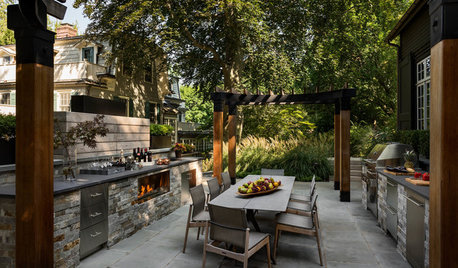
LANDSCAPE DESIGNHow to Hire a Landscape Architect
Find the best fit for your landscaping project with this guide to evaluating and selecting a pro
Full Story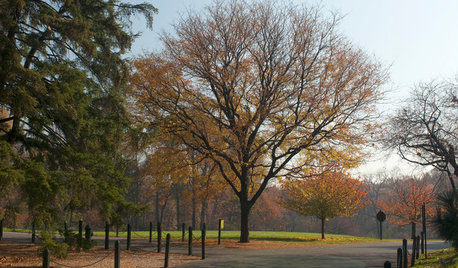
LIFEHow to Decide on a New Town
These considerations will help you evaluate a region and a neighborhood, so you can make the right move
Full Story
LANDSCAPE DESIGNHow to Move Water Through Your Landscape
Swales, underground pipes or a mix of both: There’s more than one way to distribute water in the garden
Full Story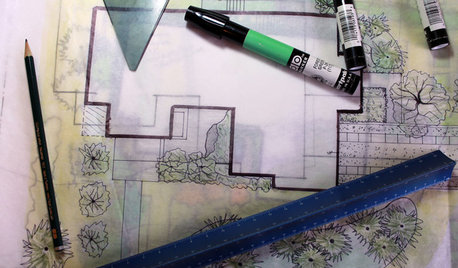
WORKING WITH PROSUnderstand Your Site Plan for a Better Landscape Design
The site plan is critical for the design of a landscape, but most homeowners find it puzzling. This overview can help
Full Story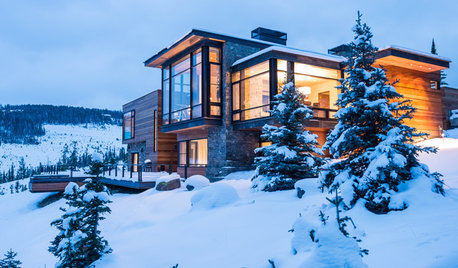
ARCHITECTUREHave Your Flat Roof and Your Snow Too
Laboring under the delusion that flat roofs are leaky, expensive and a pain to maintain? Find out the truth here
Full Story
GARDENING GUIDESGreat Design Plant: Cephalanthus Occidentalis
Buttonbush is an adaptable woody shrub with delightful pincushion flowers
Full Story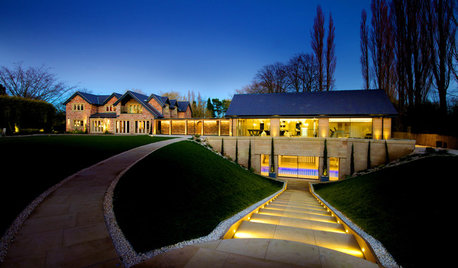
LANDSCAPE DESIGNHow Grading Shapes the Ground and Manages Stormwater
Understand how an overall grading plan provides a framework for a great landscape design
Full Story
LANDSCAPE DESIGNDitch the Ordinary Ditch: Create a Realistic Dry Creek Bed
Here’s how to turn your water runoff system into an eye-catching accent for your landscape
Full Story
GARDENING GUIDES8 Materials for Raised Garden Beds
Get the dirt on classic and new options for raised vegetable and plant beds, to get the most from your year-round garden
Full Story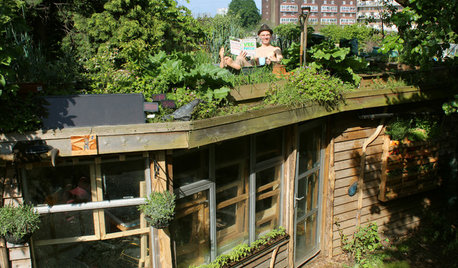
STUDIOS AND WORKSHOPSVisit London’s Shed of the Year
A modern Renaissance man carves out a multifunctional green oasis amid London’s urban whirl
Full Story





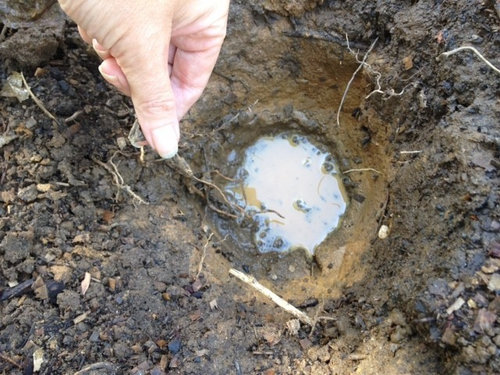




mistascott
daysquidOriginal Author
Related Professionals
Ashburn Landscape Architects & Landscape Designers · Baltimore Landscape Architects & Landscape Designers · Belmont Landscape Architects & Landscape Designers · East Rancho Dominguez Landscape Architects & Landscape Designers · Graham Landscape Architects & Landscape Designers · Paradise Landscape Architects & Landscape Designers · Waterbury Landscape Contractors · Columbine Landscape Contractors · Lorain Landscape Contractors · Nanuet Landscape Contractors · Overland Park Landscape Contractors · Peoria Landscape Contractors · Richmond Landscape Contractors · Wailuku Landscape Contractors · Wallingford Landscape Contractorsmistascott
diggerdee zone 6 CT
mistascott
daysquidOriginal Author
mistascott
ken_adrian Adrian MI cold Z5
calistoga_al ca 15 usda 9
kimka
daysquidOriginal Author
daysquidOriginal Author
daysquidOriginal Author
daysquidOriginal Author
ken_adrian Adrian MI cold Z5
ken_adrian Adrian MI cold Z5
daysquidOriginal Author
ken_adrian Adrian MI cold Z5
daysquidOriginal Author
kimka
katob Z6ish, NE Pa
daysquidOriginal Author
NHBabs z4b-5a NH
daysquidOriginal Author
prairiemoon2 z6b MA
mad_gallica (z5 Eastern NY)